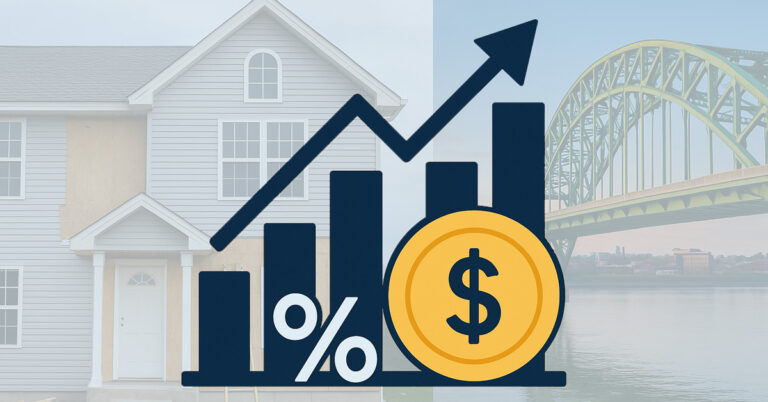According to Black Knight’s latest Mortgage Monitor report, the coronavirus pandemic poses a significant challenge when it comes to quantifying delinquencies simply because we’ve never quite seen an event analogous to it ever before.
“Trying to gauge the impact of COVID-19 on mortgage performance is as much an art right now as a science,” said Ben Graboske, president of Black Knight Data Analytics. “The fact is that there is no true point of comparison in the nation’s recent history for analysts to model against.”
That said, Graboske said that some historical clues can lead us toward a potential estimate. Take, for example, the Great Recession, when the number of mortgages past due tripled in four years. Back then, the unemployment rate catapulted from 4.5% in 2006 to 10% in 2009. That’s right about where the jobless rate should be now; with over 10 million people filing for unemployment since the coronavirus was officially dubbed a pandemic on March 11, unemployment should be hovering roughly around 9.5%.
With the recession as a point of comparison, then, Black Knight researchers estimated that we can expect some 2 million new mortgage delinquencies. Add that to the current total and you get 4 million delinquencies, a national non-current rate of 7.5%.
Given that model, delinquency estimates can also be reached for the unemployment projections released by various economic groups. Bloomberg, for instance, reported at the end of March that Goldman Sachs forecast unemployment at 15%; that would equal 5.5 million delinquencies. At the 32% jobless rate forecast by the Federal Reserve Bank of St. Louis, there would be some 10 million mortgages past due, a non-current rate of 19%. That’s higher than delinquency rates during the Great Recession, which peaked over 10% in 2009.
Other outlets’ projections haven’t been quite so pessimistic. Frank Nothaft, chief economist for CoreLogic, said that widespread foreclosures “will likely be averted,” in part because of the home equity buffer many homeowners currently enjoy. A CoreLogic report estimated that homeowners carrying mortgages also had an average of $177,000 in home equity at the start of 2020.
And such bleak projections as those derived from the Fed and Goldman Sachs could be somewhat offset by forbearance programs such as the ones put in place via the recent CARES Act. There’s precedent that such provisions can help: Look to the calamitous 2017 hurricane season, when just 1% of the over 140,000 seriously delinquent loans caused by storms ended up in foreclosure or short sale two years later.
Of course, those same CARES Act forbearance programs are currently somewhat clouded in controversy, given that pleas from mortgage industry advocates for more liquidity have so far gone mostly unheeded.
“Servicers still need to pay principal and interest advances to federally backed securities holders, even if borrowers are granted deferments on paying their mortgages. … While Ginnie Mae has announced a pass-through assistance program through which it will advance principal and interest payments to investors on behalf of servicers, at present there is no such program in place for mortgages backed by the GSEs. This remains a very fluid situation all around,” said Graboske.
Further complicating the picture is the fact that, before the coronavirus pandemic gripped the country, mortgages performance figures were hovering at or near record levels. In February, the national delinquency rate was 3.28%, with foreclosure starts at their lowest ever. One month prior, Black Knight recorded the delinquency rate at 3.22%, lowest since it began tracking the metric in 2000.
And while that put the market on strong footing before the outbreak, it also meant that default servicing staff across the industry has seen a large decrease in recent years. That’s bad news for servicers as they navigate the rising tide of forbearance and deferral requests that’s continuing to grow today.
“Mortgage servicers are already being inundated with such requests,” Graboske said, “and those without the proper technology solutions or staffing levels in place will be hard-pressed to manage the situation.”








